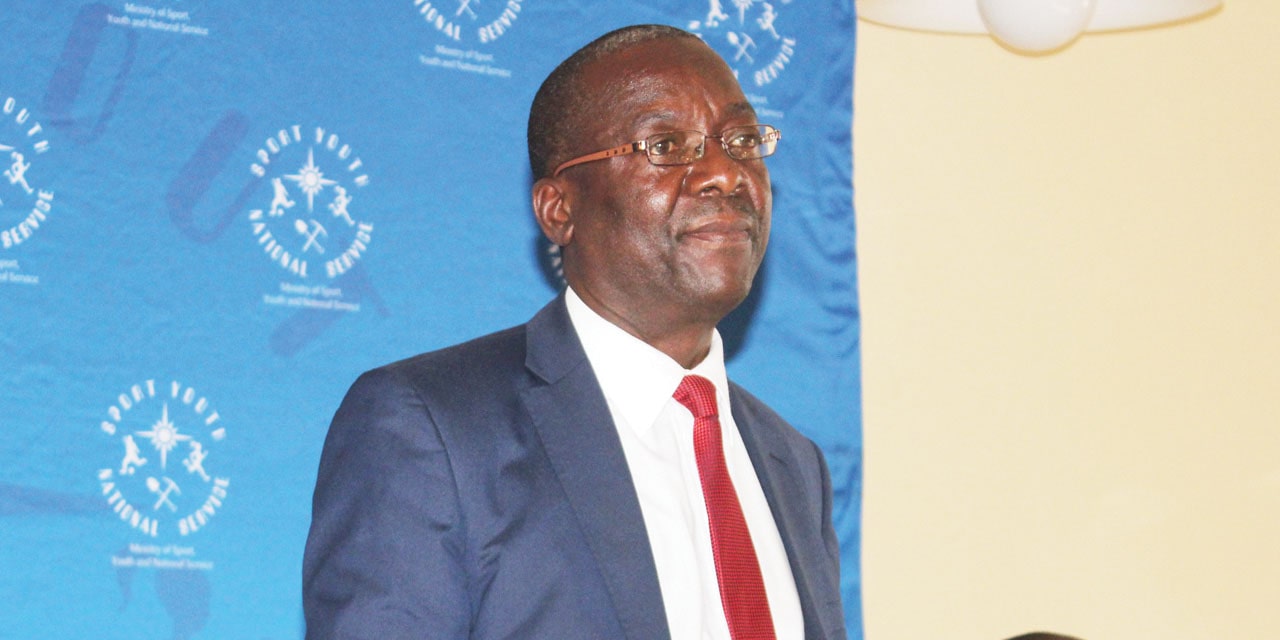Tujoromajo Kasuto
Namibia Statistics Agency, in collaboration with the Ministry of Urban and Regional Development, has launched a centralized fully fledged housing information system that caters to and tracks housing needs, housing stock, land use management, and informal settlements.
According to Erastus Uutoni, Minister of Urban and Rural Development the launch of this project is an important milestone, not only to the Ministry but to the country at large, as it will allow for better informed decisions and interventions on housing.
‘’It is acknowledged that real time and reliable housing statistics in Namibia are hard to find and if available it is not up to date or is not available at one easy to find point and form. Housing indicators are critical and can facilitate a better understanding, appreciation and effective decision-making by government and development partners as well as the design and revision of policies and programmes on housing and related sectors,’’ said Uutoni.
He said the initiative resultant from National Housing Policy of 2009, which is currently under review, and puts emphasis on the need for a database or information system, which captures and provides accurate and reliable statistical information to enable the country to be in a better position to measure its housing developmental efforts and the impact thereof on the country’s overall economic growth and development.
Uutoni shared that the Ministry has invested an amount of N$18, 840, 810 to enable the NSA to include a Housing Chapter in the upcoming National Survey as well as the actual development of the Housing Information System.
Additionally, a further N$6, 766, 000 has been allocated to NSA for the sustainability of the National Housing Information System, beyond the system development phase.
The genesis of this innovation comes from the 5th National Development Plan launched in 2017 as well as the 1st Harambee Prosperity Plan. The Harambee Goal and outcome aimed to ensure that enough new houses are constructed and that an increased number of erven is serviced.
According to the NSA’s Manager of Corporate Communications, Iipumbu Sakaria at the core of the system is a centralized national housing database, with a decentralized data entry allowing for flexibility, provides potential self-regulation, a portal for public information and documents are submitted online. ‘’The modules of the system are classified into 4 areas, namely housing stock, land use stock, housing needs and informal settlements. The housing stock is interested in identifying dwelling units that are occupied or available for occupation by households and include improvised structures (shacks), flats, apartments and backyard structures, just to mention a few,’’ he said.
He added that the land stock use represents the economic and cultural activities such as agricultural, residential, industrial, recreational, mining and quarrying, amongst others and the housing needs module is significant as it will provide statistics on housing units required.
‘’The informal settlement module captures those areas where groups of housing units have been constructed on land that has no water, sanitation and electricity services and the occupants have no legal claim to occupy the land. This Namibia Housing Information System will be rolled out to all regional and local authorities, as well as the NHE, Shack Dwellers Federations, banks and other organizations dealing with land and housing statistics,’’ he explained. Furthermore, there shall be a one-year pilot phase where staff of various institutions are trained on how to use the system in order to transfer old data pertaining to housing and land applications onto the system, and ensure that all new applications will be recorded through the housing information system.
‘’During this one-year pilot phase there will be seminars to finalize and validate concepts and definition, training of trainers as well as training of local and regional authority staff, as well as interested parties. The process has been started and by next year around this time the system should be fully ready and available to the public,’’ he added.




